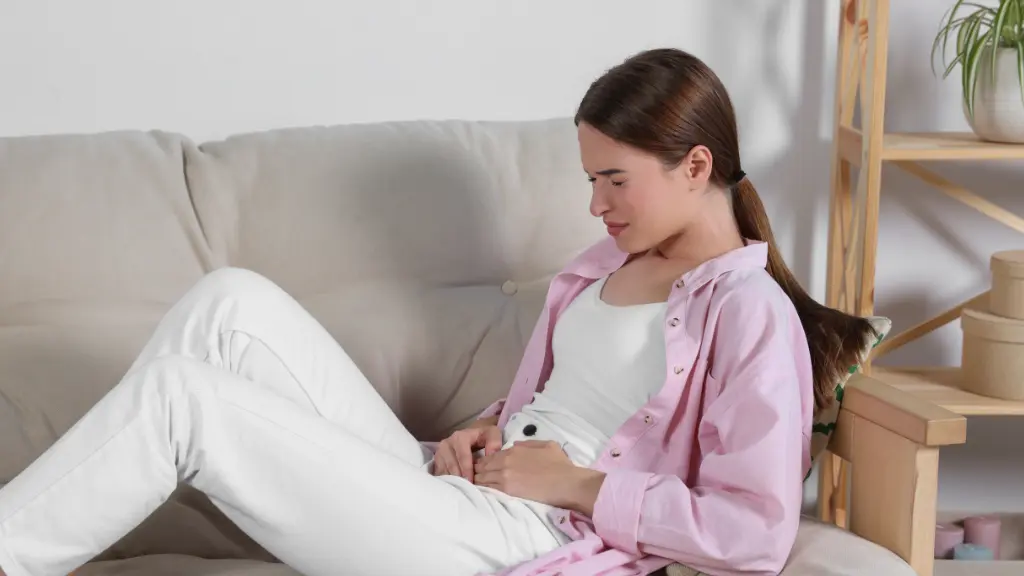Rapunzel Syndrome is a rare but serious medical condition. It is formally known as trichobezoar. People with Rapunzel Syndrome compulsively eat hair, leading to large hairballs forming in the stomach and intestines. These hairballs, or trichobezoars, can cause significant health problems.
Named after the fairy-tale character Rapunzel, this syndrome can be life-threatening without proper treatment. This article will explain what Rapunzel Syndrome is, its causes, symptoms, diagnosis, and available treatments.
You May Also Like: Krakow First-Timer’s Guide
What Is Rapunzel Syndrome?
Rapunzel Syndrome occurs when a person swallows large amounts of hair over time. Hair is not digestible, so it accumulates in the stomach and eventually forms a mass. This hair mass, or trichobezoar, can grow long and extend into the intestines. This condition often stems from trichophagia, the compulsive act of eating hair, which itself may be associated with other mental health conditions, such as trichotillomania (hair-pulling disorder).
Causes of Rapunzel Syndrome
Rapunzel Syndrome is closely linked to trichotillomania and trichophagia. Let’s break down each condition and its connection to the syndrome.
1. Trichotillomania
Trichotillomania is a mental health condition characterized by the compulsive need to pull out one’s hair. People with this disorder often feel an urge to pull hair from their scalp, eyebrows, eyelashes, or other parts of the body. This can be linked to anxiety, stress, or obsessive-compulsive tendencies. For some individuals, pulling out hair is followed by an urge to eat it, leading to trichophagia.
2. Trichophagia
Trichophagia is the compulsive consumption of hair. People with this condition eat the hair they pull out. This habit often goes unnoticed, especially in children or teens who may hide their behavior due to embarrassment. Over time, trichophagia can lead to the accumulation of hair in the digestive tract.
3. Psychological Factors
The underlying causes of trichotillomania and trichophagia can vary. Anxiety, depression, and obsessive-compulsive disorder (OCD) often play a role. Emotional distress or a traumatic experience can trigger these behaviors. Identifying the root cause can be essential in managing Rapunzel Syndrome.
Symptoms of Rapunzel Syndrome
Recognizing the symptoms of Rapunzel Syndrome early is crucial. Here are some common signs that someone may be struggling with this condition:
- Abdominal Pain: The formation of hairballs in the stomach can lead to persistent abdominal pain and discomfort.
- Nausea and Vomiting: The presence of hair in the stomach can trigger nausea and even vomiting.
- Loss of Appetite: Individuals may lose their appetite due to the blockage and fullness caused by the hair mass.
- Weight Loss: Due to reduced food intake and digestive difficulties, weight loss can occur.
- Bowel Obstruction: In severe cases, the hair mass may extend into the intestines, causing a blockage. This can lead to constipation and severe pain.
- Noticeable Hair Loss: People with trichotillomania may have visible bald patches or thinning hair.
- Fatigue and Weakness: The body may not receive enough nutrients, leading to overall weakness.
Diagnosis of Rapunzel Syndrome
Diagnosing Rapunzel Syndrome involves a combination of physical examinations, imaging tests, and psychological evaluations.
1. Physical Examination
Doctors will first look for signs of hair loss on the scalp, eyebrows, or other body areas. If abdominal pain is present, they may also check for tenderness in the stomach.
2. Imaging Tests
Imaging tests such as X-rays, CT scans, and ultrasound are essential for diagnosis. These tests can help visualize the trichobezoar, showing its size and location in the digestive tract.
3. Endoscopy
In some cases, an endoscopy is performed to directly observe the hairball. A small camera is inserted through the mouth into the stomach, allowing doctors to see the mass and assess its condition.
4. Psychological Evaluation
A psychological assessment can help determine if trichotillomania, trichophagia, or other mental health issues are contributing factors. Understanding the mental health aspect is crucial for long-term management.
Treatment Options for Rapunzel Syndrome
Treatment for Rapunzel Syndrome involves both medical and psychological interventions. Let’s look at the different approaches:
1. Surgical Removal
In cases where the trichobezoar is too large to pass naturally, surgical removal may be required. Surgery is often the most effective way to remove the hair mass and prevent further complications.
2. Endoscopic Removal
For smaller trichobezoars, endoscopic removal may be an option. This minimally invasive procedure involves removing the hair mass through the mouth using specialized tools.
3. Medication
While no medication can directly treat Rapunzel Syndrome, certain drugs can help manage associated mental health conditions. Antidepressants, anti-anxiety medications, or medications used to treat OCD may reduce the urge to pull or eat hair.
4. Behavioral Therapy
Behavioral therapy, particularly Cognitive Behavioral Therapy (CBT), can be effective in managing trichotillomania and trichophagia. CBT helps patients recognize and change negative thought patterns, reducing the compulsive behaviors associated with these disorders.
5. Support Groups
Joining a support group can provide emotional support for people with trichotillomania and trichophagia. Being part of a community helps reduce feelings of isolation and provides coping strategies from others who understand the challenges.
Complications of Rapunzel Syndrome
If left untreated, Rapunzel Syndrome can lead to serious complications:
- Intestinal Obstruction: A trichobezoar can grow large enough to block the intestines, causing severe pain and requiring emergency surgery.
- Malnutrition: The hairball can interfere with nutrient absorption, leading to malnutrition.
- Anemia: Some individuals may develop anemia due to poor nutrition.
- Perforation of the Digestive Tract: In rare cases, the hairball may cause a tear in the digestive tract, leading to internal bleeding and infection.
Prevention and Coping Strategies
Preventing Rapunzel Syndrome involves managing the underlying conditions. Here are some tips:
- Seek Early Treatment: If you or someone you know is struggling with trichotillomania or trichophagia, seek help early. Early intervention can prevent hair from accumulating in the digestive tract.
- Practice Mindfulness: Mindfulness exercises can help reduce anxiety and stress, which are common triggers for hair-pulling and hair-eating behaviors.
- Develop Healthy Coping Mechanisms: Finding alternative ways to cope with stress, such as exercise or creative outlets, can be beneficial.
- Consider Therapy: Therapy, especially CBT, can teach valuable coping skills to manage compulsive behaviors.
- Educate Loved Ones: Friends and family members can provide support by understanding the challenges of trichotillomania and trichophagia.
Conclusion
Rapunzel Syndrome is a rare but serious condition that requires medical and psychological attention. Understanding the causes, symptoms, and treatment options is essential for effective management. Early intervention can prevent serious complications, allowing individuals to lead healthier lives. Whether through medical treatment, therapy, or community support, there is hope for those affected by this syndrome. Awareness is the first step toward addressing this challenging condition.










